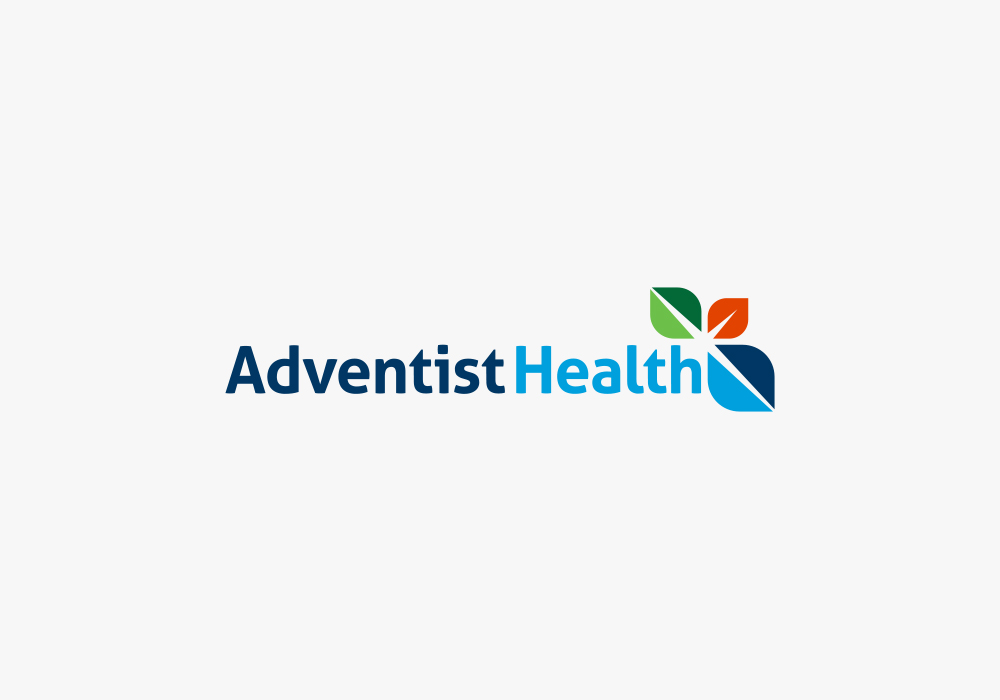Early Heart Attack Care
Early Heart Attack Care (EHAC) education teaches you to recognize the early signs and symptoms of a heart attack. Why? We want you to become an active bystander so you can save a life—even if it’s yours.
About 750,000 people in the U.S. have heart attacks each year. Of those, about 116,000 die. Many of these patients experienced early symptoms, and most heart damage can occur within the first two hours of a heart attack. EHAC encourages you to know the subtle signs of a heart attack and act on them before damage occurs.
If you are experiencing symptoms of a heart attack, call 9-1-1 or visit your nearest emergency department.
Heart attacks have early signs and symptoms
Someone experiencing a heart attack might have one or more of the common symptoms. When they start, they can be mild or come and go. Over time, the symptoms and pain become more intense. Stay alert and always pay attention to feelings of pressure in the chest.
- Chest pain
- Shortness of breath
- Back pain
- Nausea
- Anxiety
- Excessive fatigue
- Jaw pain
- Pain that travels down one or both arms
- Feeling of fullness
Men vs. women: What’s the difference?
Some heart attack symptoms can be different between men and women. Men and women’s most common heart attack symptom is chest pain/ discomfort, but women may also experience exhaustion, dizziness or nausea. Women may feel upper back pain that travels up into their jaw, and they may think their stomach pain is the flu, heart burn or an ulcer.
What is an atypical presentation?
In an atypical presentation, the signs and symptoms are different. A person may not complain about pain or pressure in the chest. Be alert for the following:
- A sharp pain that occurs with coughing or breathing
- Pain that spreads above the jawbone or into the lower body
- Difficult/labored breathing
How to help
If you miss the early signs and someone collapses, stay calm! Call 9-1-1 and begin hands-only CPR by pushing hard and fast in the center of the chest. It takes minutes to learn, but you could be adding years to someone’s life. Every minute CPR is delayed, a person’s chance of survival decreases by 10 percent.
If an automated external defibrillator (AED) is available, deploy it as soon as possible. AEDs provide easy-to-follow verbal instructions in order to help someone.
Heart attack risk factors
These are general risk factors. Discuss your risk with your doctor.
- A family history of cardiovascular disease
- High blood pressure
- High blood cholesterol
- Being overweight or obese
- Sedentary lifestyle
- Using tobacco products
- Diabetes
Early Heart Attack Care
Heart attacks have beginnings. Early Heart Attack Care®,or EHAC®, is a public awareness campaign intended to educate the public about the signs of an impending heart attack and that these signs and symptoms can occur days or weeks before the actual event. These early symptoms need to be recognized and treated to avoid the damage caused by a massive heart attack. For more information about EHAC®, visit dha.acc.org.
Our Locations

Cardiothoracic: Adventist Health Physicians Network
401 I Street, Suite A
Marysville, CA 95901

Interventional Cardiology - Suite 108: Adventist Health Physicians Network
414 G Street, Suite 108
Marysville, CA 95901

Interventional Cardiology: Adventist Health Physicians Network
481 Plumas Boulevard, Suite 104
Yuba City, CA 95991

Podiatry: Adventist Health Physicians Network
370 Del Norte Avenue, Suite 203
Yuba City, CA 95991